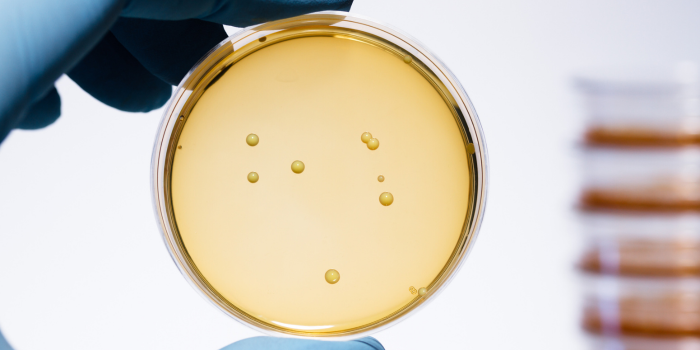
Today, women’s health is becoming less of a taboo topic, with open and free conversations about periods, menopause, polycystic ovary syndrome and endometriosis, among many other subjects, fortunately becoming the norm. Like other areas of the body, the vagina has its own microbiome, comprising of a repertoire of microbes; previous studies have shown that the vagina contains 1010–1011 bacteria, although the composition of every woman’s microbiome is different [1]. The vaginal mucosa comprises of a squamous nonkeratinized epithelium with cervicovaginal secretion, but due to limited blood flow, this region is relatively anaerobic, promoting the growth of microaerophiles and facultative anaerobes such as Lactobacillus species. The vaginal microbiome has five community state types (CSTs) in which vaginal microbial communities are grouped [2]. CST I, II, III, and V are each dominated by a Lactobacillus species: L. crispatus, L. gasseri, L. iners, and L. jensenii respectively [2]. These species are responsible for producing antimicrobials such as hydrogen peroxide, lactic acid and bacteriocins, which maintains the vaginal pH at around 4.5 or lower and aids the defence against invading pathogens [2]. 
Due to their antimicrobial potential, scientists have targeted Lactobacillus species as potential contenders to improve women’s health. Chung et al. investigated the lactic acid production and antimicrobial potential of L. gasseri strains isolated from vaginal microbiomes [3]. Each strain’s physiological properties were assessed to evaluate its potential as a replacement for antibiotics in the treatment of bacterial vaginosis [3]. Vaginal swab samples were taken from 21 healthy Korean women aged 20-45 years and lactic acid bacteria, including L. gasseri BELG74 (BELG74) strains, were cultured from these swabs in a Whitley Anaerobic Workstation [3]. Isolates were then subject to a series of measurements including acid and bile salt tolerance, biofilm formation ability, adhesion indicators to assess auto-aggression, cytokine production in macrophages to assess their inflammatory effect, as well as odour removal capacity [3]. Strains were also anaerobically incubated with pathogenic bacteria and fungi to assess their anti-pathogenic ability; pathogens used were Fannyhessea vaginae, Gardnerella vaginalis and Candida albicans [3]. BELG74 was the strain that had the highest abundance at 1.84 × 109 CFU/mL and produced the highest lactic acid concentration at 20.12 g/L, which correlates with the anti-pathogenic potential exhibited against the pathogenic bacteria and fungi [3]. BELG74 showed excellent potential as a vaginal coloniser with strong biofilm formation and adhesion capacity of 28.7% [3]. It also showed high acid and bile resistance and reduced cytokines by 63%, suggesting anti-inflammatory effects [3]. Interestingly, this L. gasseri strain successfully neutralised trimethylamine and ammonia by over 99.9% in the odour removal experiment, suggesting it could be a good contender for reducing unpleasant odours [3]. All these findings suggest BELG74 is a promising probiotic candidate for improving vaginal health [3].
The benefits of lactobacilli on vaginal health have been widely recognised in the scientific community for a while, however, strain specific research is now being uncovered, including L. gasseri BELG74, which has shown great potential in women’s health in terms of its anti-inflammatory and antimicrobial effects. Ultimately, these results suggest that this strain would be a successful replacement for antibiotics in treating vaginal diseases, such as bacterial vaginosis. In the pandemic of antibiotic resistance, findings of these kind are encouraging as hopefully more microbial-based treatments can be administered instead of typical antibiotic therapy.
References
- Chen C, Song X, Wei W, Zhong H, Dai J, Lan Z, et al. The microbiota continuum along the female reproductive tract and its relation to uterine-related diseases. Nature Communications. 2017 Oct 17;8(1).
- Chen X, Lu Y, Chen T, Li R. The Female Vaginal Microbiome in Health and Bacterial Vaginosis. Frontiers in Cellular and Infection Microbiology. 2021 Apr 7;11(631972).
- Chung EC, Seo Lee J, Ji Lim H, Kim SJ, Chung YJ, Shin KJ. Isolation and Characterization of Lactobacillus gasseri Strains from Women for Potential Vaginal Health Applications. Microbiology Research. 2025 Jan 10;16(12).


 au
au

 English
English